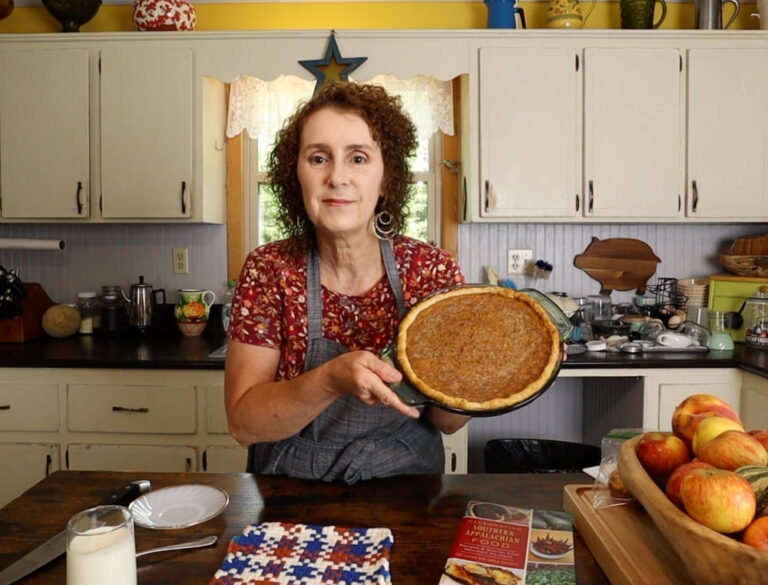
Chicken Pot Pie with Rosemary Biscuits: An Appalachian Farmstead Classic
Picture this: The cool, crisp air, scented with pine and damp earth, settles into the valleys of the Appalachian Mountains as the sun dips behind the peaks, casting long shadows across your farmstead. A plume of woodsmoke curls lazily from the chimney of your hand-built cabin. You return from tending your heritage breed chickens, raised on the homestead and clucking contentedly in their tractor, with a basket of speckled, fresh eggs still warm to the touch. Inside, a cozy kitchen with walls painted a soft, milk-white welcomes you, promising a comforting Chicken Pot Pie with Rosemary Biscuits – a true taste of Appalachian homestead living, filled with the flavors of our ancestors.
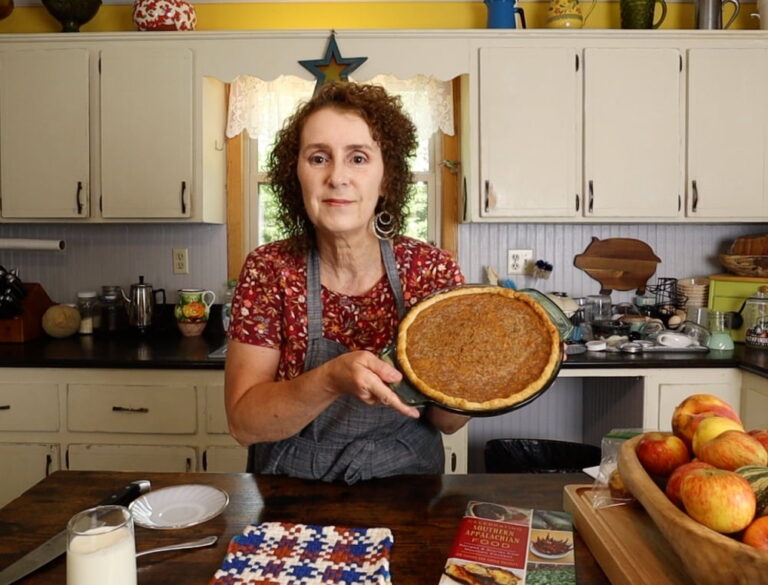
Ingredients from the Mountain Garden & Homestead
This Chicken Pot Pie is more than just a meal; it's a celebration of the seasons and the bounty of our land. Every ingredient tells a story of our homestead.
- 2 lbs Chicken Thighs (raised on the homestead, bone-in, skin-on, from Rhode Island Red chickens)
- 1 lb Carrots (grown from seed in early spring in raised beds amended with composted manure, diced into 1/2 inch pieces)
- 1 lb Potatoes (Yukon Gold or Red, freshly dug from the garden, diced into 1-inch cubes)
- 1 cup Green Beans (freshly picked from the garden trellis or frozen from last summer's harvest, trimmed)
- 1/2 cup Pearl Onions (freshly harvested or frozen, peeled)
- 4 cups Chicken Broth (homemade, simmered for 6 hours with leftover chicken bones and garden herbs, strained and defatted)
- 1/2 cup Heavy Cream (from a local dairy farm, ideally unpasteurized)
- 4 tbsp Butter (unsalted, churned in the homestead kitchen)
- 2 tbsp All-Purpose Flour (unbleached, stone-ground)
- 1 tsp Dried Thyme (fresh thyme from the herb garden, finely chopped, is also preferable)
- Sea Salt and freshly ground Black Pepper to taste
- Rosemary Biscuits:
- 2 cups All-Purpose Flour (unbleached, stone-ground)
- 4 tsp Baking Powder (aluminum-free)
- 1 tsp Sea Salt
- 1/2 cup Cold Butter (cut into 1/2 inch cubes, kept chilled until ready to use)
- 3/4 cup Milk (whole milk, preferably raw)
- 2 tbsp Fresh Rosemary (finely chopped, from the herb garden)
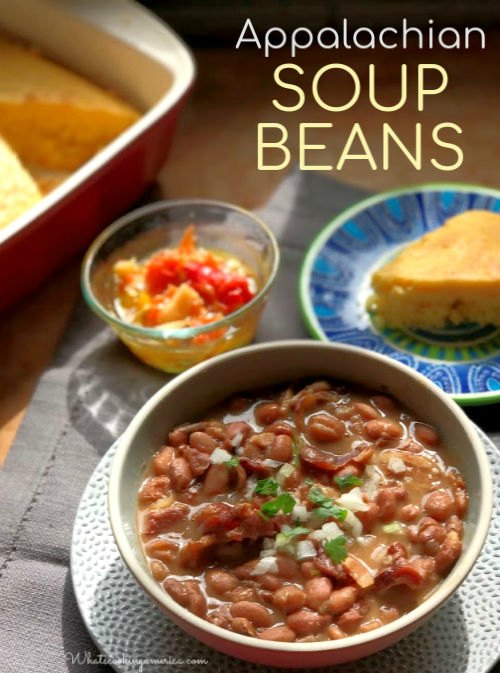
From Homestead to Supper Table: Steps to Pot Pie Perfection
This recipe blends time-honored techniques with the freshest ingredients our homestead has to offer. Follow these steps to bring Appalachian comfort to your table.
Preheat oven to 400°F (200°C). Place an oven rack in the center position.
Season chicken thighs generously with sea salt, freshly ground black pepper, and dried thyme. In a large, heavy-bottomed, oven-safe pot or enameled Dutch oven, melt the butter over medium-high heat until shimmering. Brown the chicken thighs in batches, skin-side down first, until golden brown and crispy, about 5-7 minutes per side. Remove chicken and set aside on a plate.
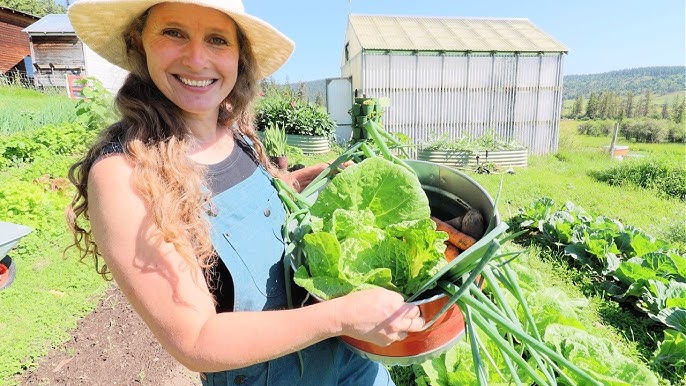
Add carrots, potatoes, and pearl onions to the pot and sauté, stirring occasionally, until slightly softened and fragrant, about 5 minutes. The edges should begin to caramelize slightly.
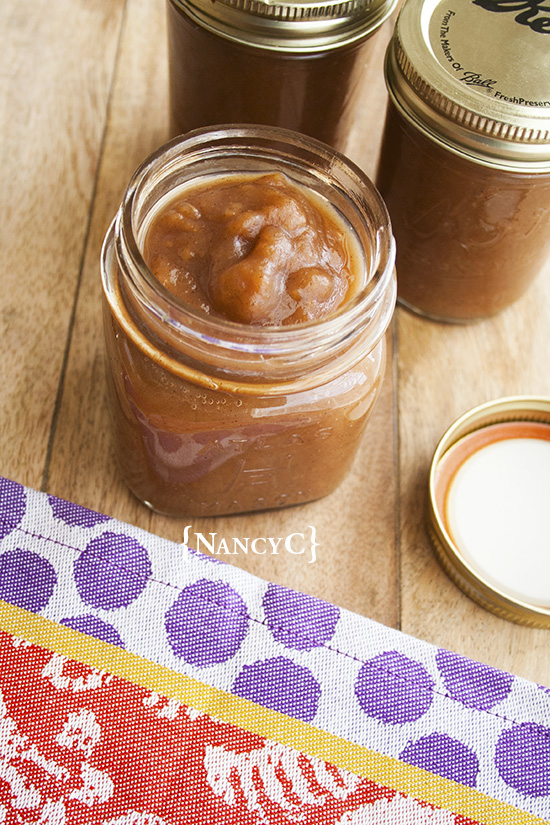
Sprinkle in flour and cook for 1 minute, stirring constantly with a wooden spoon to prevent burning.
Gradually whisk in chicken broth, scraping up any browned bits (fond) from the bottom of the pot. Bring to a gentle simmer, stirring occasionally.
Return chicken to the pot, nestling it amongst the vegetables. Cover the pot tightly with a lid and bake for 30 minutes, or until chicken is cooked through (internal temperature of 165°F) and vegetables are tender when pierced with a fork.
Remove chicken from the pot and let it cool slightly on a cutting board. Shred the meat using two forks, discarding the skin and bones. Return shredded chicken to the pot along with green beans and heavy cream. Stir gently to combine. Season with sea salt and freshly ground black pepper to taste.
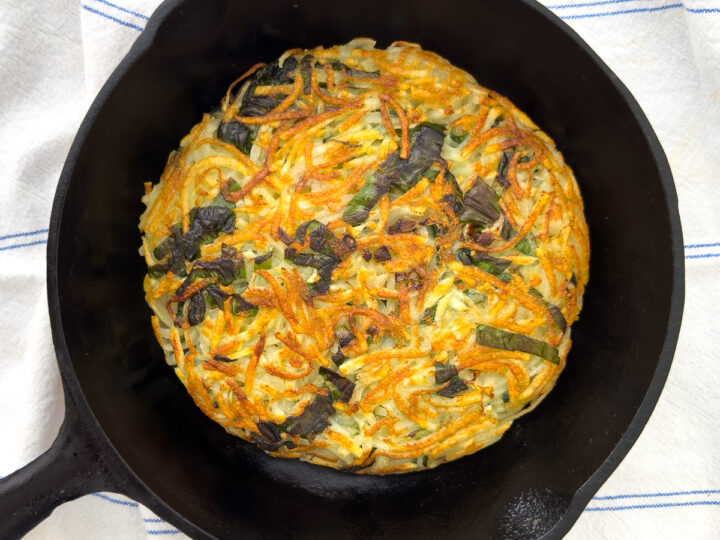
Rosemary Biscuits: In a large bowl, whisk together flour, baking powder, and sea salt. Cut in cold butter using a pastry blender or your fingertips until the mixture resembles coarse crumbs with pea-sized pieces of butter remaining. Stir in finely chopped fresh rosemary. Gradually add milk, stirring with a fork until the dough just comes together and forms a shaggy ball. Be careful not to overmix.

Drop spoonfuls of biscuit dough (about 2 tablespoons each) evenly onto the pot pie filling, leaving a small amount of space between each biscuit.
Bake uncovered for 20-25 minutes, or until biscuits are puffed, golden brown, and cooked through. A toothpick inserted into the center of a biscuit should come out clean.
Let cool slightly for at least 10 minutes before serving. Garnish with fresh thyme sprigs.
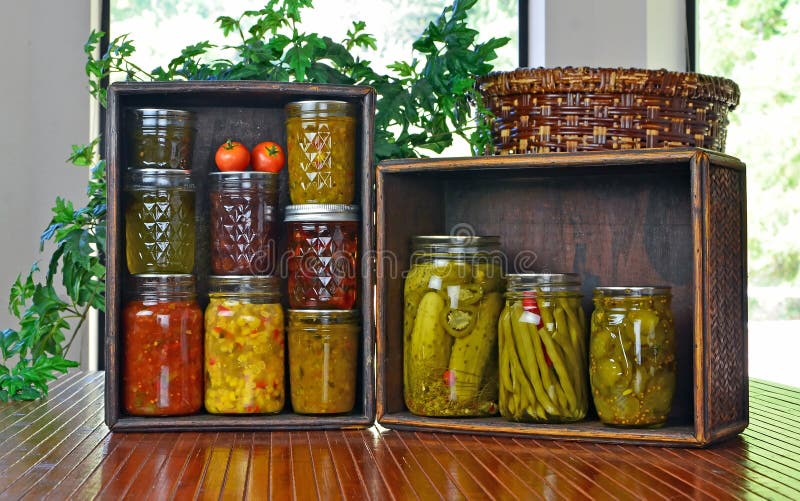
Chicken Tractor Construction: Mobile Homesteading
To create a truly sustainable homestead and enjoy the freshest eggs and meat, consider building your own chicken tractor. Give your chickens access to fresh pasture to forage, enjoy the fresh air, and fertilize your land with a DIY Chicken Tractor! This method keeps the grass trimmed, controls bug populations, and prevents the spread of Chicken borne pathogens by moving your coop!

Project Title: Building a Chicken Tractor for Six Hens
Materials: 2x4 untreated lumber (approximately 40 feet, avoid pressure-treated lumber), 1/2 inch galvanized chicken wire (25 feet), 1/4 inch galvanized hardware cloth (for skirt, 10 feet), two 10-inch diameter rubber wheels (optional, for easier mobility on uneven terrain), two 3-inch hinges (for door), galvanized wood screws (various lengths), heavy-duty staples, a 4x4 foot tarp or corrugated metal roofing sheet (for sheltered area).
Tools: Circular saw, drill, staple gun, wire cutters, measuring tape, safety glasses, gloves.
Instructions:
Build a rectangular frame using 2x4 lumber. Cut two pieces to 8 feet long for the sides and two pieces to 4 feet long for the ends. Assemble the frame using screws, ensuring the corners are square. This will create a 4-foot wide, 8-foot long, and (after the legs are added) 2-foot high base.

Cut four 2-foot lengths of lumber and attach at the four corners of the rectangular frame. These are the legs.
Cover the sides and top with chicken wire, stretching it tightly and securing it with staples every 2-3 inches. Overlap the wire slightly at the seams. Be mindful of sharp edges.

Attach a skirt of hardware cloth around the bottom edge of the frame, burying it 6 inches deep in the soil to prevent predators from digging under. Secure with staples.
Attach wheels to one end of the frame (optional). Drill holes through the frame and axle of the wheels, securing with bolts and nuts. This will make it easier to move the chicken tractor across uneven ground.
Build a hinged door for easy access to the chickens. Cut an opening on one of the sides of the frame. Build a small frame for the door using 2x4 lumber and cover it with chicken wire. Attach the door to the opening using hinges and a simple latch.
Provide a sheltered area with a tarp or corrugated metal roofing, covering about one-third of the tractor. Secure the roofing to the frame using screws and washers. This will provide shade and protection from the rain.
Move the chicken tractor to a fresh patch of grass every day or two, ensuring the chickens have access to fresh forage and the land is evenly fertilized.
Closing Reflection:
As the mountain air turns crisp and the leaves blaze with fiery hues of red and gold before softly falling, there's a special satisfaction in preparing hearty meals with the fruits (and vegetables and meats) of our labor. This Chicken Pot Pie, made with love, homegrown ingredients, and a touch of Appalachian ingenuity, embodies the spirit of Appalachian homesteading, passed down through generations. Sharing stories of generations past and preserving traditions are the cornerstones of Appalachian culture. The scent of wood smoke, the taste of homegrown food, and the satisfaction of self-sufficiency connect us to the land and to our heritage. How are you preserving the traditions of Appalachian culture on your homestead? Share your experiences, recipes, and homesteading tips in the comments below! Let's keep these mountain traditions alive for generations to come!
Keywords: organic gardening, seasonal harvest, homegrown, compost, sustainable home, cozy living, backyard projects, farmhouse life, chicken pot pie, rosemary biscuits, chicken tractor, Appalachian homesteading, rural homesteading, heirloom recipes, heritage chickens, foraging